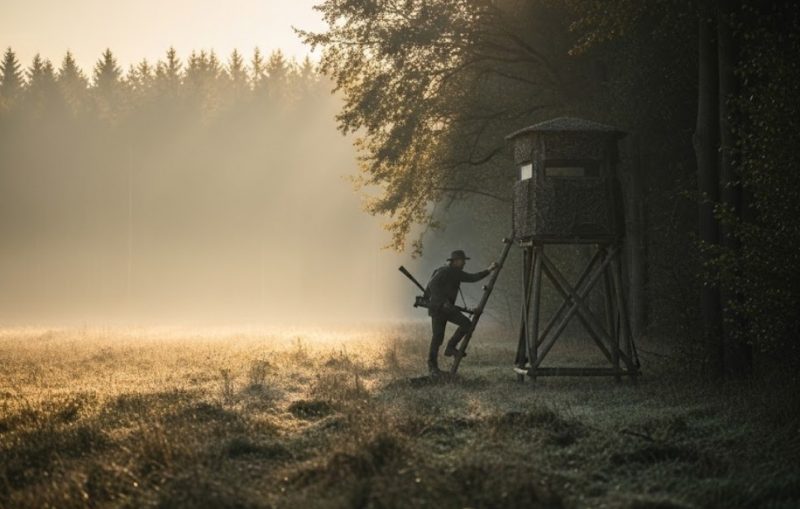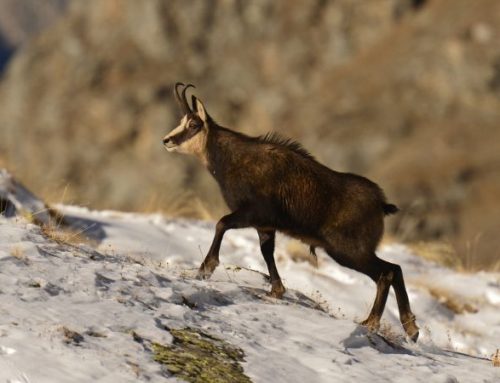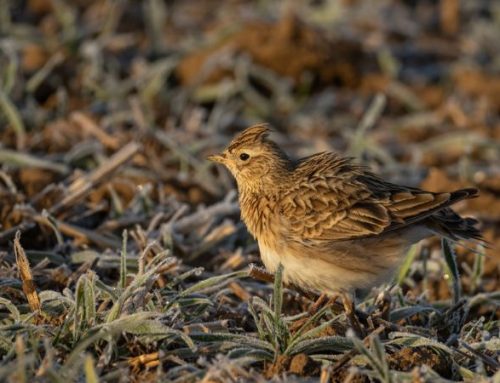In the world of hunting, not all forms of hunting follow the same logic or objectives.
There are deeply different approaches to hunting practice, each with goals, tools, and purposes that respond to specific environmental, managerial, regulatory, and ethical needs. Today, hunting is no longer just a tradition or a personal passion: it is a true activity of managing the land and wildlife. This requires the application of scientific criteria, selective strategies, and responsibility in choosing the animals to be taken, always respecting ecosystem balance.
Among the main regulated and operational forms, three fundamental categories stand out, which are often confused or lumped together due to a general lack of information: selective hunting, trophy hunting, and control hunting. Each of these types has well-defined technical characteristics, different management assumptions, and varying impacts on the environment and wildlife populations. A thorough understanding of these differences, as well as the motivations and practical and ethical implications behind them, is essential for every modern hunter who is conscious and willing to operate in compliance with the law and respect for nature.
1. Selective Hunting: management, balance, and future
Selective hunting is a highly regulated form of wildlife harvesting aimed primarily at maintaining ecological balance within a habitat, improving the genetic quality of animal populations. It is not simply about killing an animal but carefully selecting individuals that, due to morphological characteristics, health, or age, do not positively contribute to the species’ dynamics.
Objectives:
-
Control population density to avoid overpopulation.
-
Genetic improvement through the removal of weak, malformed, or elderly individuals.
-
Conservation of biodiversity and prevention of damage to crops or sensitive habitats.
Technical characteristics:
-
Requires a wildlife management plan approved by competent authorities.
-
The hunter acts on pre-selected individuals, based on biometric and age assessments.
The use of precision optics, tools for identification, and distance evaluation is essential.
Often practiced from hunting towers or blinds, with precise and responsible shots.
Selective hunting is one of the most complex hunting activities from both a technical and ethical perspective, and it is considered a fundamental part of modern wildlife management.
2. Trophy Hunting: ethics, aesthetics, and tradition
Trophy hunting, often subject to misunderstandings and controversies, is instead focused on the pursuit of exceptional specimens, usually adult males with well-developed morphological features. In many cases, these activities are regulated and compatible with wildlife conservation and management goals.
Objectives:
-
Harvest mature males at the end of their reproductive cycle to avoid genetic imbalances.
-
Provide economic support for wildlife conservation through hunting valorization.
-
Maintain a cultural tradition tied to respect for the animal and personal challenge.
Technical characteristics:
-
Requires accurate assessments of the animal’s age and morphology before shooting.
-
Requires a high level of knowledge of the species’ ethology and social dynamics.
It involves physical and logistical preparation, sometimes in extreme environments (mountains, remote forests).
The trophy (horns, tusks, antlers) is often measured and certified according to international standards (CIC, SCI).
Contrary to popular belief, trophy hunting does not mean seeking the most impressive specimen at any cost, but rather the conscious harvesting of individuals that have already left a genetic legacy and are destined for the natural end of their life cycle.
3. Control Hunting: emergency, containment, public priority
Control hunting has different purposes from the previous types: it is a form of extraordinary authorized intervention aimed at containing species that, due to overpopulation or uncontrolled introduction, cause damage to crops, ecosystems, or pose a threat to public safety.
Objectives:
-
Reduce pressure caused by problematic species (wild boar, nutria, corvids).
-
Protect agricultural, forestry activities, and infrastructure.
-
Prevent road accidents or health imbalances (e.g., swine fever, avian flu).
Technical characteristics:
-
Can be conducted outside the regular hunting season, with specific exemptions.
-
Often carried out in collaboration with law enforcement, local authorities, or wildlife wardens.
It does not always follow selective criteria: the goal is rapid numerical containment.
It involves intensive use of technologies (camera traps, night vision devices, firearms with sound suppressors).
Control hunting is not a sport or recreational activity but a technical-management tool serving the public interest and environmental balance.
Final Considerations: the hunter as a conscious manager
These three forms of hunting activity, although different from each other, represent complementary aspects of the relationship between humans and nature. Selective hunting emphasizes responsibility and forward-looking management. Trophy hunting expresses an aesthetic, cultural, and spiritual vision of the hunting act. Control hunting responds to urgent needs, often beyond individual passion.
An experienced hunter should deeply understand these differences and be able to adapt their approach to environmental conditions, management objectives, and current regulations. Because being a hunter today means, above all, being a conscious guardian of nature.
Management of Roe Deer in the La Montefeltro Reserve of Rivergaro: Passion, Balance, Respect. In the soft, silent hills surrounding Rivergaro, among oak woods, natural meadows, and cultivated fields, the La Montefeltro hunting reserve has for years embraced a hunting philosophy grounded in knowledge, responsibility, and genuine love for wildlife. At the heart of this vision lies the management of the roe deer: not merely a hunting opportunity, but a true commitment to safeguard and protect one of the most elegant and sensitive species in our territory.
Managing the roe deer means, first and foremost, knowing it well. Every season, activities begin long before the hunting period. The frequented territories are observed, the herds studied, and individual animals monitored with great care. Age, physical condition, behavior, and genetic traits are all evaluated. The reserve treats selective hunting as an act of care: intervening only when necessary, only when the population balance requires it.
Selective culling is, in fact, just the final phase of a long management process. The goal is never numerical but qualitative: to maintain a healthy, well-distributed population in harmony with its habitat. The individuals chosen for culling are often sick, old, or malformed animals, whose presence could risk compromising the genetic vitality of the entire population. No culling is left to chance: every decision is guided by an approved wildlife management plan and a profound ethical sense.
What makes all this possible is the passion of the Montefeltro team: expert guides and professionals who every day walk the trails of the reserve, know the territories of each dominant male, remember where every female has given birth, and can recognize a promising breeder from an animal in decline. Their work is discreet, constant, often invisible. But it is thanks to them that selective roe deer hunting is carried out with precision, respect, and awareness.
When the right moment arrives, the hunt is sober and silent. It is conducted from elevated stands or hides, with precise and responsible shots, using modern rifles and high-definition optics, often provided by the reserve itself. Every moment is experienced with the concentration and seriousness that this activity deserves. Nothing is wasted, nothing left to improvisation.
What takes place in Rivergaro is a profound and complete hunting experience, where the roe deer is at the center not only as game to be taken, but as the protagonist of a complex, delicate system that must be carefully preserved. This is hunting in its noblest form: born from knowledge and fueled by passion.











